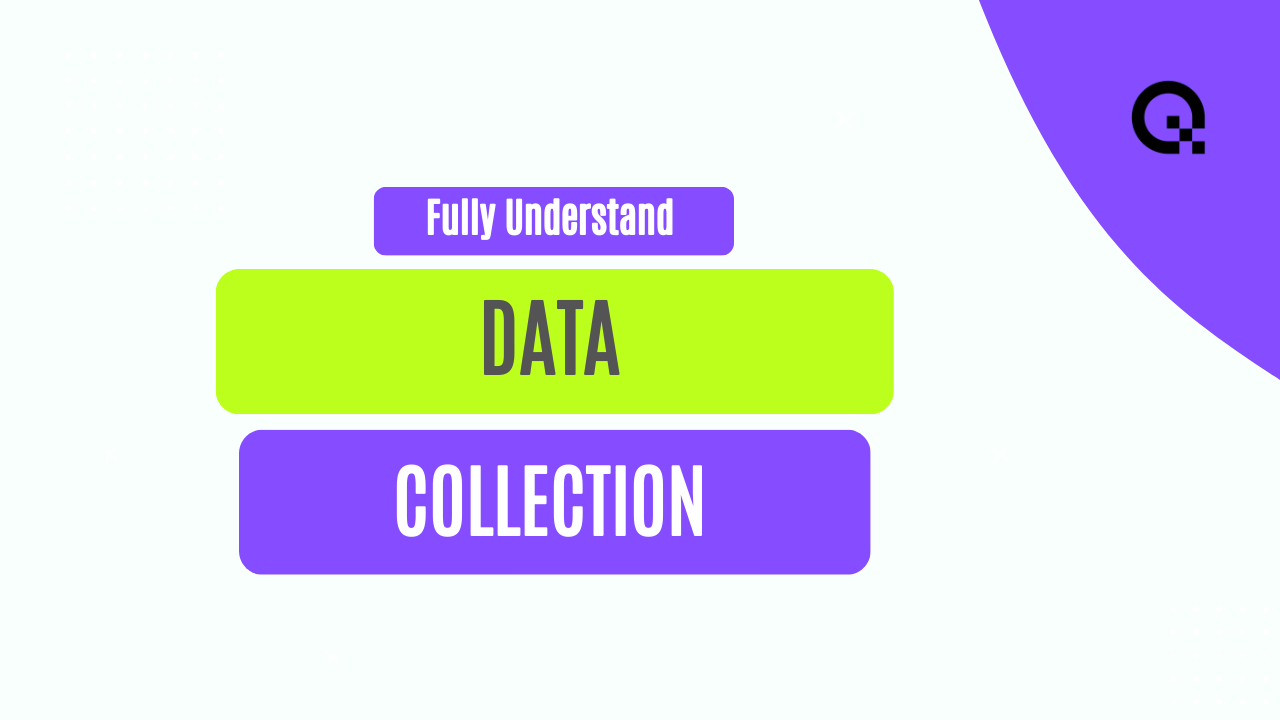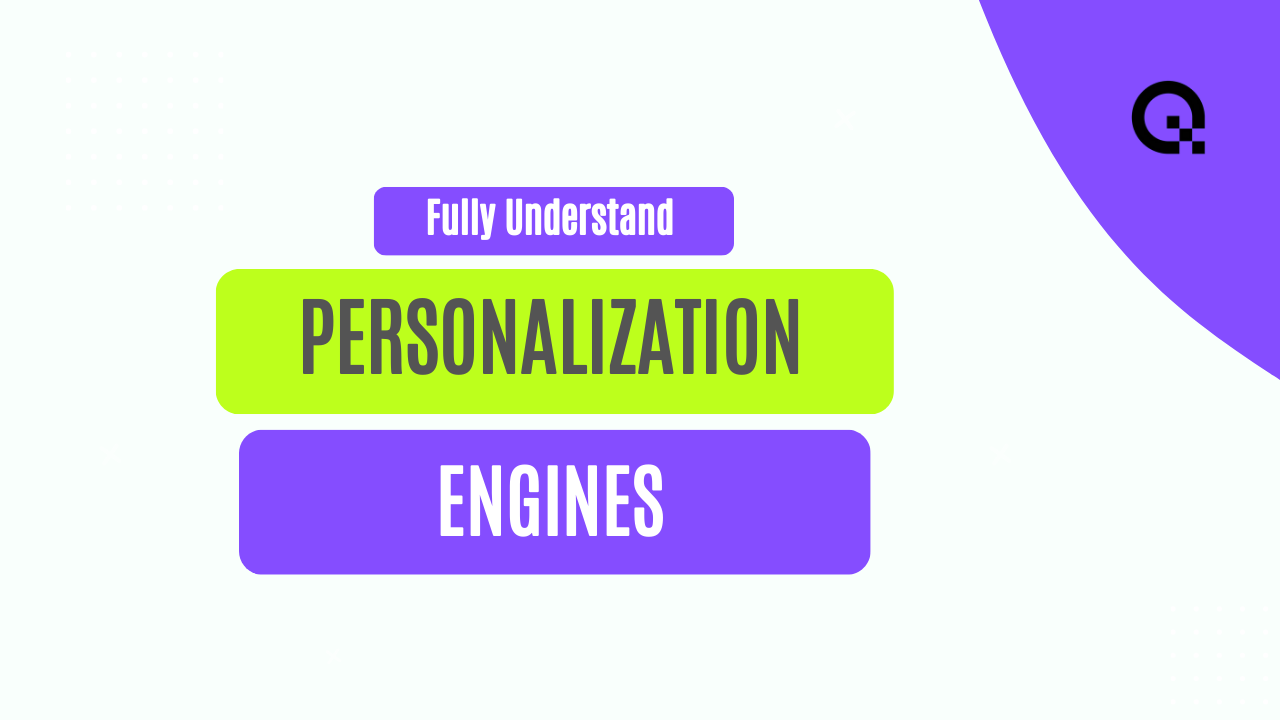Privacy-First Strategies: Navigating Between Customization and Privacy
In today's digital age, personalization has become a key strategy for businesses looking to engage with their customers on a deeper level. By tailoring content and experiences to individual preferences, companies can create more meaningful interactions and drive customer loyalty. However, as concerns about data privacy and security continue to rise, the challenge for businesses is to implement personalization strategies that respect user privacy while delivering a personalized experience.
The Importance of Privacy-First Personalization
Privacy-first personalization is a strategic approach that prioritizes user privacy and data protection while still delivering personalized experiences. By putting privacy at the forefront of their personalization efforts, businesses can build trust with their customers and differentiate themselves in a crowded market.
One of the key benefits of privacy-first personalization is the ability to create a more transparent and ethical relationship with customers. By being upfront about data collection and use, businesses can empower users to make informed decisions about their privacy and build a sense of trust and loyalty.
Additionally, privacy-first personalization can help businesses mitigate the risks associated with data breaches and regulatory non-compliance. By implementing robust data protection measures and privacy controls, companies can reduce the likelihood of data breaches and demonstrate their commitment to protecting user data.
Strategies for Implementing Privacy-First Personalization
When implementing privacy-first personalization strategies, businesses need to strike a balance between customization and privacy. Here are some key strategies to help navigate this balance:
1. Consent Management: Obtain explicit consent from users before collecting and using their personal data for personalization purposes. Provide clear information about what data is being collected, how it will be used, and give users the option to opt-out.
2. Anonymization and Pseudonymization: Implement techniques such as anonymization and pseudonymization to protect user data while still enabling personalization. By removing personally identifiable information, businesses can minimize the risk of data exposure.
3. Data Minimization: Only collect the data that is necessary for personalization purposes. Avoid collecting unnecessary data points that could pose a risk to user privacy.
Benefits of Privacy-First Personalization
Privacy-first personalization offers several benefits for both businesses and customers:
1. Enhanced Trust and Loyalty: By prioritizing privacy, businesses can build trust with their customers and foster long-term loyalty.
2. Regulatory Compliance: By following privacy-first principles, businesses can ensure compliance with data protection regulations and avoid costly fines.
3. Improved Customer Experiences: Personalized experiences that respect user privacy can lead to higher engagement and satisfaction among customers.
Conclusion
Privacy-first personalization is a crucial strategy for businesses looking to deliver personalized experiences while respecting user privacy. By implementing privacy-first principles and strategies, companies can build trust with their customers, differentiate themselves in the market, and mitigate the risks associated with data privacy breaches. Ultimately, striking the right balance between customization and privacy is key to creating meaningful and ethical personalized experiences for customers.



